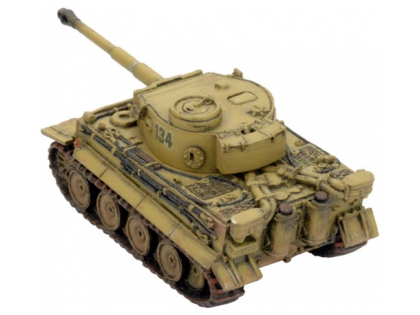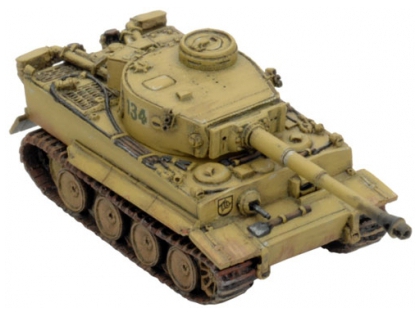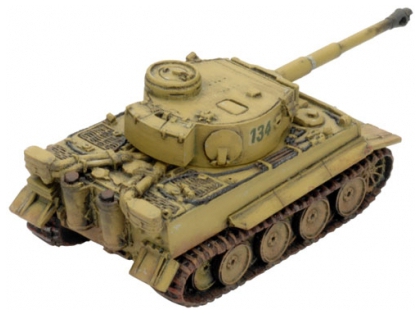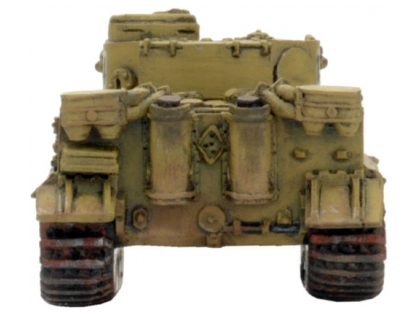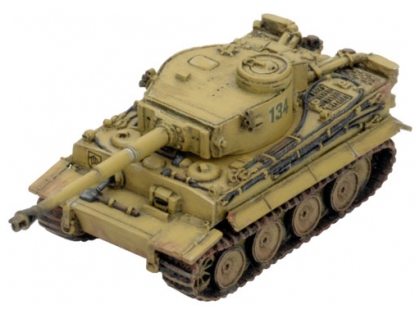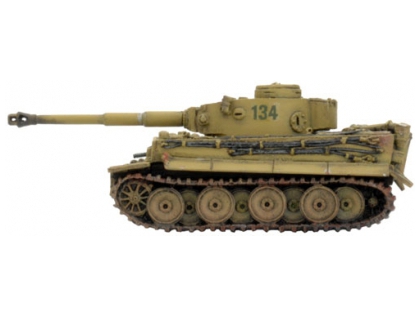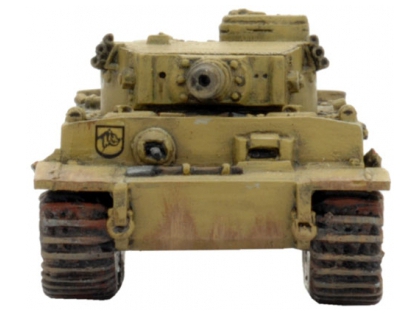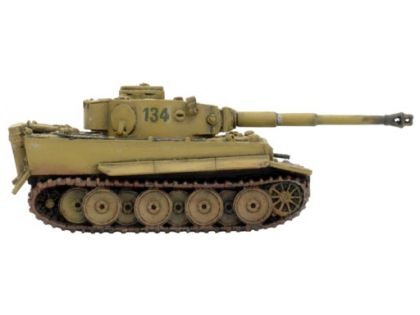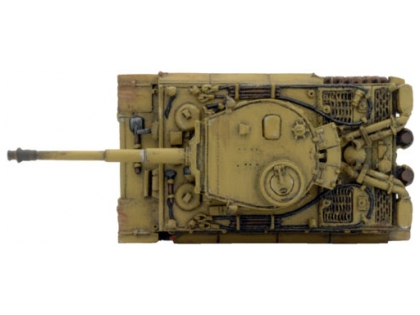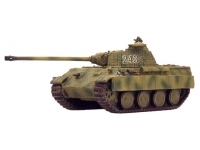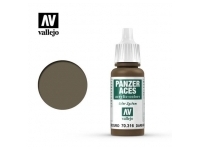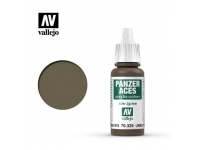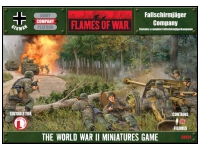-
-
-
Figurspel
-
-
Tiger I (Early)
-
-
Artikelnummer: GE070
-
79 kr (89 kr)
Ej tillgänglig
Tyvärr går det inte att beställa Tiger I (Early) längre.
Det är inte heller troligt att vi kommer få hem produkten igen.
- Önskelista: För att kunna använda önskelistan måste du har ett användarkonto och vara inloggad.
-
-
Produktbeskrivning
When the Tiger was introduced in 1942 it was a weapon un-equalled in performance and protection, there was little the Allies in the Tunisia or Russia could do to knock them out. It had its disadvantages (it was slow and a little unreliable to start with), but at the time its clear advantages outweighed these.
Development
The Tiger first underwent development when specifications for a new heavy tank were sent out to various manufacturers. It was to mount a gun that penetrated 100mm of armour at a 1500m and also be able to withstand return fire from similar weapons. Henschel developed the VK3601, but this design was to have a squeeze bore weapon, which had to be abandoned due to the lack of an adequate supply of tungsten for the ammunition. The VK3601 was quickly adapted to mount the 8.8cm KwK36 gun, which had already made itself famous in the anti-tank role as the FlaK 36.
The new prototype became the VK4501 (H), the (H) to distinguish it from the parallel development of Porsche VK4501 (P) (which later became the Ferdinand).
The order to start the final design was issued on 26 May 1941. Henschel was to develop the chassis while Krupp developed the turret. Porsche’s version was also still under development and Krupp was also to provide the turret for this. Rheinmetall also developed a turret mounting the 7.5cm KwK L/70 gun (later to become famous as the Panther’s gun) but this was abandoned in favour of the 8.8cm mounts.
Production of the Tiger IE began in July 1942. Production of the Porsche model was abandoned after problems with the engines and suspension and only five tanks were completed. The Henschel model now became the sole Tiger in production. The target was to produce 285 by 12 May 1943 in time for the summer offensive.
The Production model Henschel Tiger IE had 100mm of front armour on both its hull and turret, 80mm on its rear and sides, and 25mm of top armour. None of the armour was particularly well sloped, but it had lots of it. It 8.8cm gun had already proved itself in combat as a lethal anti-armour weapon.
Deployment
The first Tigers issued went to the newly assembled men of 502nd Schwere Panzerabteilung, who were quickly sent to the Leningrad front in August 1942. Tigers also made an appearance in North Africa in late 1942, much to the disturbance of the allied soldiers who ran into them, many of the legends surrounding the Tiger spring from these first encounters.
The Tigers of the SS Divisions and Grossdeutschland also made their impact felt during the Battle of Kursk, taking a terrible toll on the once mighty T-34, now equalled by the up gunned Panzer IV and by far out ranked by the Panther and Tiger.
The Tiger underwent couple of upgrades during its life; in July 1943 the cupola was changed to a new design with periscopes and a rotating hatch similar to the Panther. May 1943 saw the introduction of a new engine to improved performance, and in January 1944 a new road wheel was introduced.
Tiger IE success as a design can be marked by its continued destructive use in the hand of aces like Michael Wittmann and Otto Carius right until the end of the war.
In Flames Of War
A lone Tiger is more than a handful for any opposing force to handle. Supported correctly, a Tiger can be formidable in both attack and defence.
Front 9; Side 8; Top 2
ROF 2; Anti-tank 13; Firepower 3+
Be sure to roll for your Tiger Ace skill before the start of your games.
-
-
Personer som har köpt Tiger I (Early) har också köpt
-
-
-
-
-
Sök produkt
-
Kundvagn
Din kundvagn är tom. -
Figurspel.se
Figurspel.se är en webbutik med figurspel som t.ex. Warhammer, Warhammer 40k, Lord of the Rings, Warmachine, Hordes, etc.
-
Länkar
-
Logga in
-











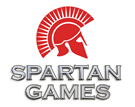

-

